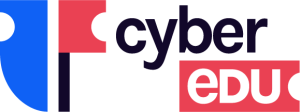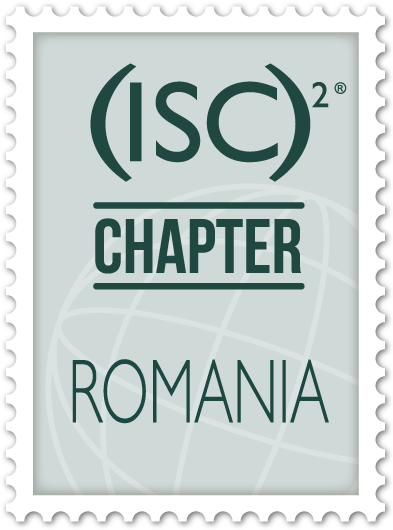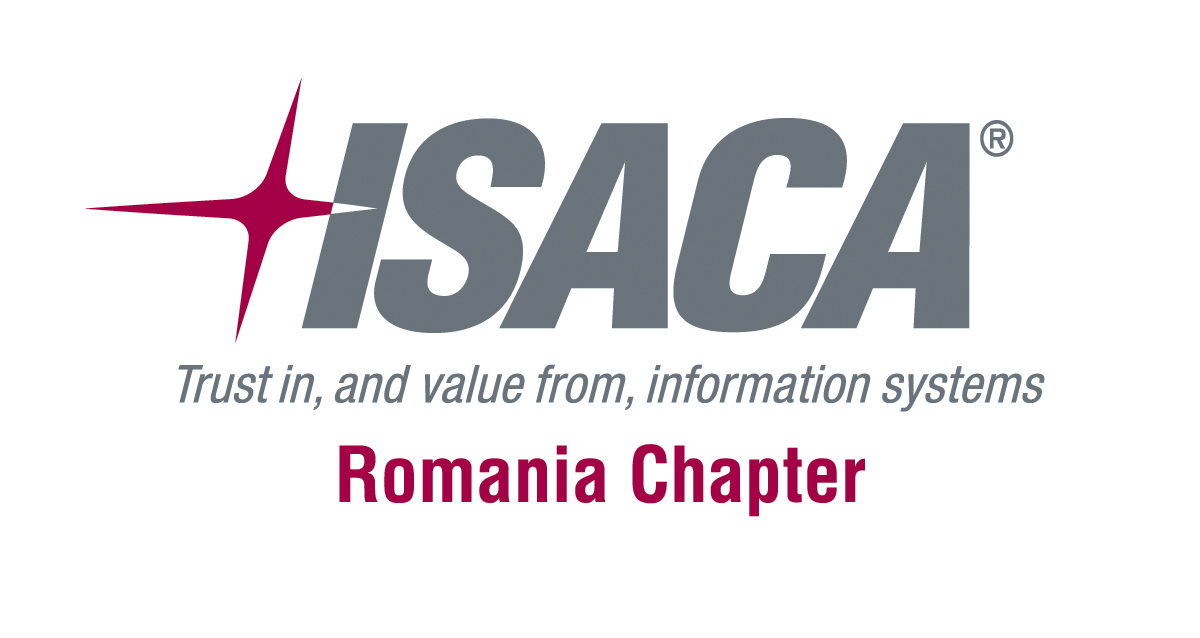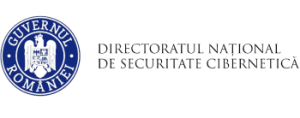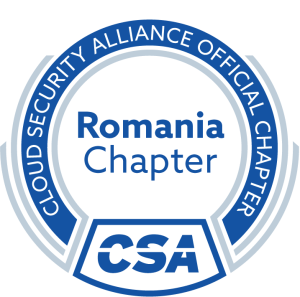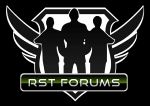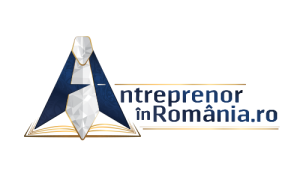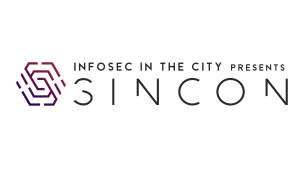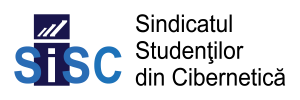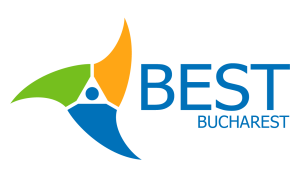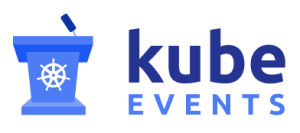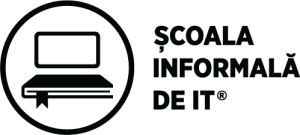Rares Bratean
Senior Threat Intelligence Analyst Signify
BIOGRAPHY
I am a cyber security professional with work experience in Threat Intelligence, Threat Hunting and Ethical Hacking. I graduated a Software Science profile, with a minor in Computer Science focused in Cyber Security. Hands on experience and keen interest in Cyber Security, Network Administration and Software Development through university projects, personal practice and curiosity. Team player, social and results focused. Dedicated worker, enthusiastic to learn and prove himself. Skills worth mentioning:
• Experience with EDR, SIEM, IDS tools, MITRE&Ack matrix and cyber kill chain
• Ethical Hacking in Web Platforms and IoT (OWASP and Bluetooth Low Energy)
• CISCO certification (CCENT)
• Programming languages: Python, C#, Java, JavaScript
WSL 2 and Security: Productivity Booster or Achilles Heel?
Recent malware attacks on WSL 2 (Windows Subsystem for Linux 2) have been opening up the discussion on whether or not WSL 2 can be used for efficient and undetected cyber-attacks. However, does (the lack of) Windows’s security relate to these attacks? This research focuses on the ability of Windows to fend off or detect any attacks originating from WSL 2 with the goal of shedding a light on some weaker points inherent to the use of the subsystem.
Furthermore, some attacks are forged with the goal of cross-referencing to suggest recommendations that make Windows safer against the proposed classes of attacks. Through so-called attacker stories, the research includes the evaluation of multiple points of interest in the subsystem on which experiments have been conducted on three levels of security. The results of these experiments show that attacks are possible that mostly revolve around the inability of Windows to detect activity within WSL 2. Therefore, the proposed recommendations largely focus on expanding the detection capabilities of Windows to include logs from within WSL 2 as well as publishing in-depth documentation and making potential security risk features optional.
With the finalization of the attack scenarios and recommendations, the conclusion could be drawn that Windows detects events passing through Windows itself, however, lacks detective capability for activity in WSL 2. This makes WSL 2 a very interesting attack vector and defense evasion tool for a potential threat actor. By implementing the recommendations, these options become a lot more limited.
This presentation is co-presented with Max van der Horst, Security Specialist at NorthWave.
Are you the next cyber security superstar?
If you are passionate about an information security topic or you have strong technical skills developing researches on your own, you should definitely Apply at Call for Papers. By submitting you will have the chance to showcase your work to +2000 attendees.
Other speakers joining this year
Ioan Iacob
Senior Security Researcher CrowdStrike
Giorgi Akhalaia
Associate Professor of ICT, Caucasus University; Scientific Cyber Security Association; Cyber Security Main Specialist at Caucasus Cyber Security Center - Regional Representative of Bit Sentinel Caucasus University
Bogdan Glazov
Senior Security Researcher IoT Security Keysight Technologies Romania
Ready for this year's presentations?
By registering you will unlock access to 60+ speakers and two full days with cyber security news & showcases from worldwide leaders.
COMPETITIONS
Sponsors & Partners
They help us make this conference possible.
POWERED BY
Orange Romania is part of the Orange Group, one of the largest global telecommunications operators that connects hundreds of millions of customers worldwide. With over 11 million local customers and an annual turnover exceeding 1.5 billion euros, Orange Romania connects 1 in 2 Romanians and offers an extensive range of communication solutions for both individual and corporate customers, from basic connectivity services to complete mobile, fixed internet, TV packages, and complex IT&C solutions through Orange Business.
Orange Romania is the number 1 operator in terms of network performance, and also holds nine consecutive Top Employer certifications, which confirm that Orange Romania, in addition to the remarkable products and services it offers, pays special attention to its employees and working environment. In the past 3 years Orange has launched two 5G Labs in Bucharest and Iasi, that aim to support researchers, startups and companies to test their 5G solutions in advance.
In addition, Orange is a long-term supporter of the startup ecosystem through the Orange Fab accelerator program designed to support entrepreneurs in the development of innovative products and their distribution locally and internationally.



